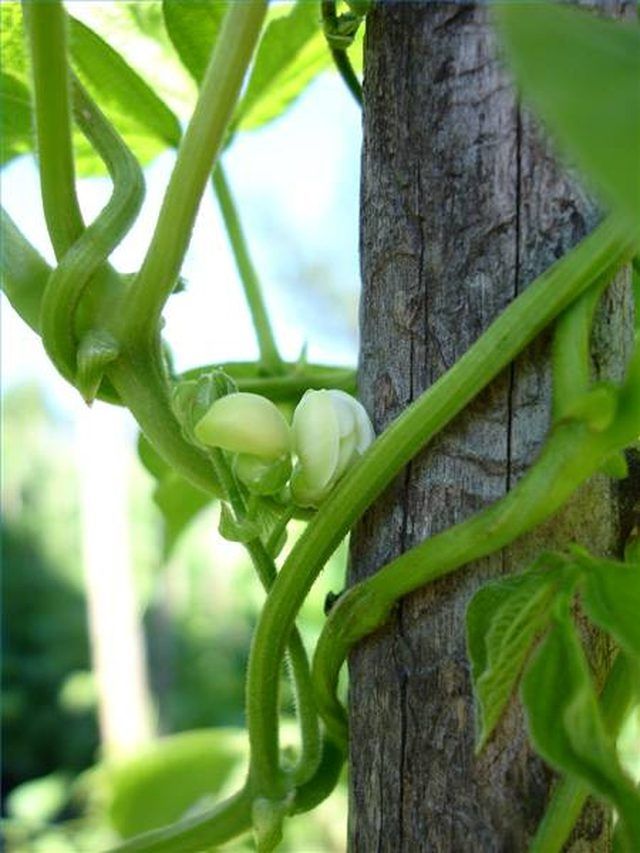Bulbs
Flower Basics
Flower Beds & Specialty Gardens
Flower Garden
Garden Furniture
Garden Gnomes
Garden Seeds
Garden Sheds
Garden Statues
Garden Tools & Supplies
Gardening Basics
Green & Organic
Groundcovers & Vines
Growing Annuals
Growing Basil
Growing Beans
Growing Berries
Growing Blueberries
Growing Cactus
Growing Corn
Growing Cotton
Growing Edibles
Growing Flowers
Growing Garlic
Growing Grapes
Growing Grass
Growing Herbs
Growing Jasmine
Growing Mint
Growing Mushrooms
Orchids
Growing Peanuts
Growing Perennials
Growing Plants
Growing Rosemary
Growing Roses
Growing Strawberries
Growing Sunflowers
Growing Thyme
Growing Tomatoes
Growing Tulips
Growing Vegetables
Herb Basics
Herb Garden
Indoor Growing
Landscaping Basics
Landscaping Patios
Landscaping Plants
Landscaping Shrubs
Landscaping Trees
Landscaping Walks & Pathways
Lawn Basics
Lawn Maintenance
Lawn Mowers
Lawn Ornaments
Lawn Planting
Lawn Tools
Outdoor Growing
Overall Landscape Planning
Pests, Weeds & Problems
Plant Basics
Rock Garden
Rose Garden
Shrubs
Soil
Specialty Gardens
Trees
Vegetable Garden
Yard Maintenance
How to Build a Pole Bean Trellis
How to Build a Pole Bean Trellis. Green beans can be grown as a bush variety that reaches a height of 12 to 18 inches or a pole bean that grows to 8 feet or more in height. Many home gardeners prefer pole beans for their enhanced flavor and because they produce beans over a long period, supplying fresh beans for several weeks during the summer....

Green beans can be grown as a bush variety that reaches a height of 12 to 18 inches or a pole bean that grows to 8 feet or more in height. Many home gardeners prefer pole beans for their enhanced flavor and because they produce beans over a long period, supplying fresh beans for several weeks during the summer. These rapid climbers require staking or trellising for support. Although any sturdy structure will do, the tepee trellis is preferred as it requires relatively little space and provides and attractive garden feature.
Things You'll Need
Rope/plastic ties
8 8-foot poles
Garden tools
Trace a 4-foot-diameter circle in the soil with a hoe or rake. Mark eight evenly spaced points along the outer edge of the circle.
Purchase or cut 8 8-foot poles. Poles that are 2 inches in diameter provide enough support for pole beans. Sink the end of the poles 8 inches into the soil angled slightly inward so that the top of the poles connect to form a tepee.
Secure the tops of the poles with rope or plastic ties to hold in place. Firm the soil down around the base of the poles to anchor securely.
Create a 6-inch mound of soil around the base of each pole and plant 4-6 beans evenly spaced around each pole. Cover with two inches of soil and firm down with your hands. Water thoroughly. Keep the soil moist, but do not saturate, until the beans germinate. Beans sprout quickly in warm soil and should be visible within a week.
Train bean vines to climb the pole by wrapping them around the base, if necessary. Pole beans require very little training and generally climb the pole with no assistance needed.